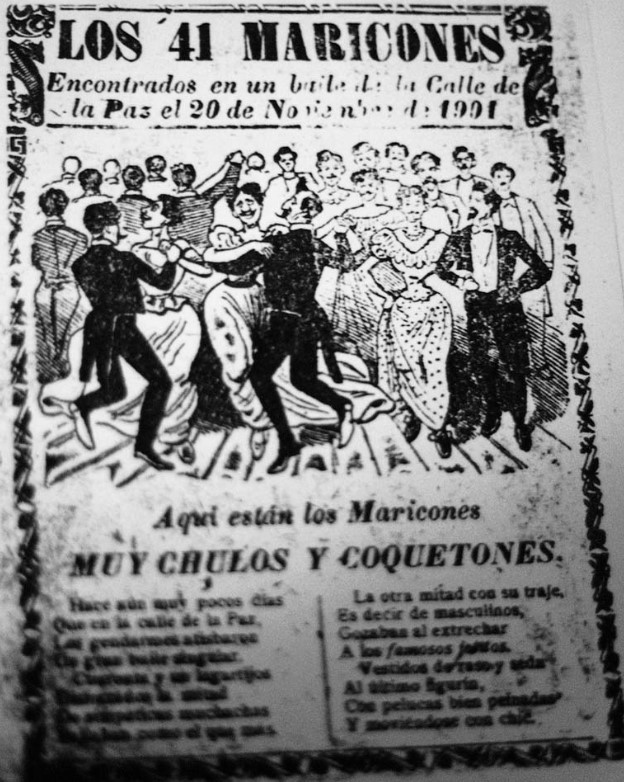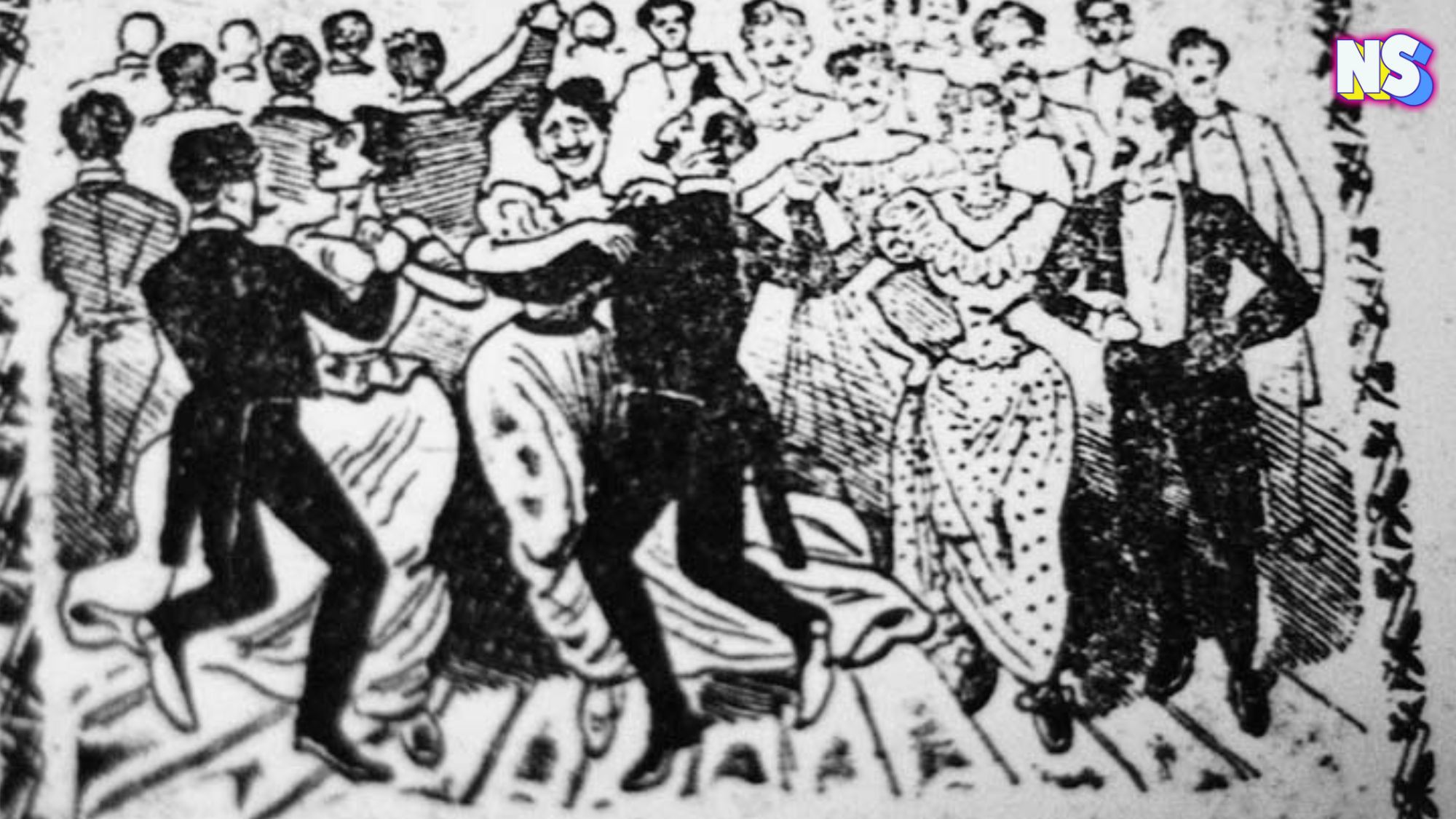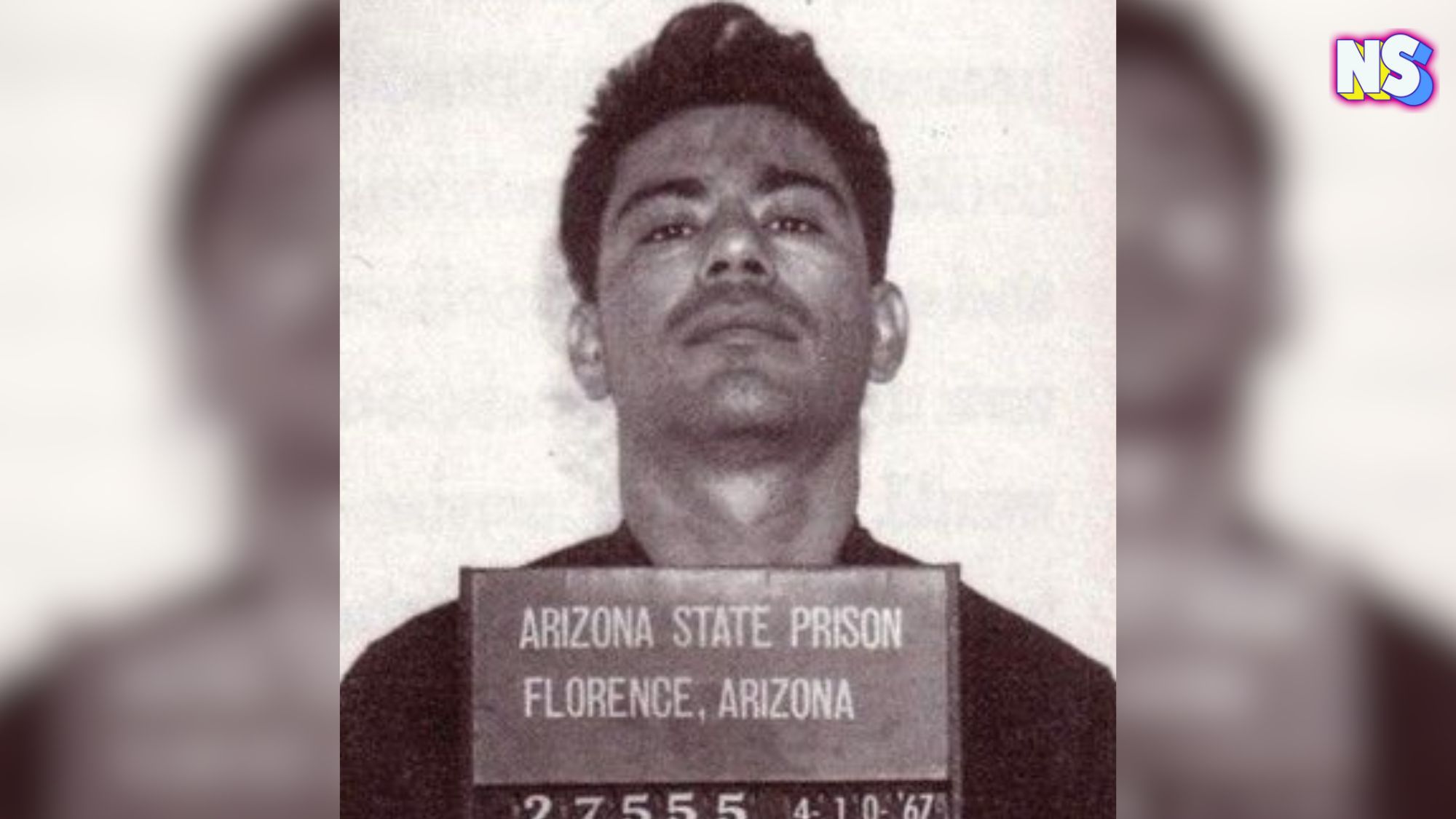The “Dance of the 41,” as it’s now known, serves as a reminder of societal attitudes towards the LGBT community in early 20th century Mexico.
The historic event, held in 1901, was a raid on a private gathering in Mexico City, where 41 men — half dressed as women — were arrested during a secret ball.
The night of celebration and camaraderie, quickly turned to public infamy. All but one man, who escaped, were arrested for being gay, at a time when homosexuality was frowned upon, but not actually illegal.
So, what really happened at the secret Dance of the 41?
The Secret Dance of the 41
In 1901, 42 men gathered for a dance on La Paz Street in the heart of Mexico City. The site is now the Historic Center of the capital and near the National Palace.
“According to the newspapers of the time – the only documentary source of the case – a policeman heard noise in a house at three in the morning, and when he looked out he discovered the couples,” BBC Mundo writes.
The police raid was no ordinary crackdown. It was a deliberate act fueled by an underlying disdain for non-conformity to the rigid gender norms and sexual mores of the time.
“There was no reason to have detained them,” Self-proclaimed “frustrated historian,” and lawyer, Juan Carlos Harris tells BBC Mundo. “Legally, homosexuality as such has never been prohibited in Mexico.”
However, the number 41 soon became synonymous with homosexuality in Mexican culture, often used derogatorily, and the phrase “being a 41” became a code for being gay.
What amplified the scandal were the rumors of influential figures being among the attendees. Notably, some whispered that Ignacio de la Torre, the son-in-law of then-President Porfirio Díaz, was present, although his name was never officially listed among those arrested. This connection to the upper echelons of society brought both notoriety and a shroud of intrigue to the event.
The Aftermath of the Dance of the 41
The aftermath of the Dance of the 41 was severe for those involved. The media had a field day, sensationalizing the incident, which served to reinforce societal prejudices. Newspapers and cartoons ridiculed the participants, and the public discourse was filled with moral condemnation. The raid did not just expose these men to legal repercussions but also to social ostracization and persecution.
It’s believed that the wealthiest detainees were released, thanks to their families, who wished to avoid public shame. But the rest were not so lucky. According to some reports at the time, they were never released.
“It was a kind of exile and the only way they found to do it is by putting them in the Army, a kind of levy,” according to Harris.
Honoring the 41
Despite the immediate negative consequences, the Dance of the 41 inadvertently became a catalyst for change.
“The Dance of the 41 served as a public catalyst for a changing sexual climate in Mexico, and therefore had a lasting impact regarding sexuality and gender roles in the following centuries,” California State University writes.
The forbidden ball exposed the hypocrisy and harshness of societal norms, eventually fueling movements that sought to challenge and change these rigid structures.
Over time, this infamous event has been reinterpreted and reclaimed by the LGBT community in Mexico. And, in 2013, a nonprofit named Honor 41 was founded to transform the stigma associated with the events and the number.
The Dance of the 41 has also been the subject of numerous artistic and cultural representations, from literature and theater to film.
In 2020, Mexicans Actors Alfonso Herrera and Emiliano Zurita starred in the film “The Dance of the 41,” based on true events.
Today, the legacy of the Dance of the 41 remains a powerful narrative about the enduring fight for LGBT rights.
Featured image is from the image Hoja Suelta, by José Guadalupe Posada, 1901.





